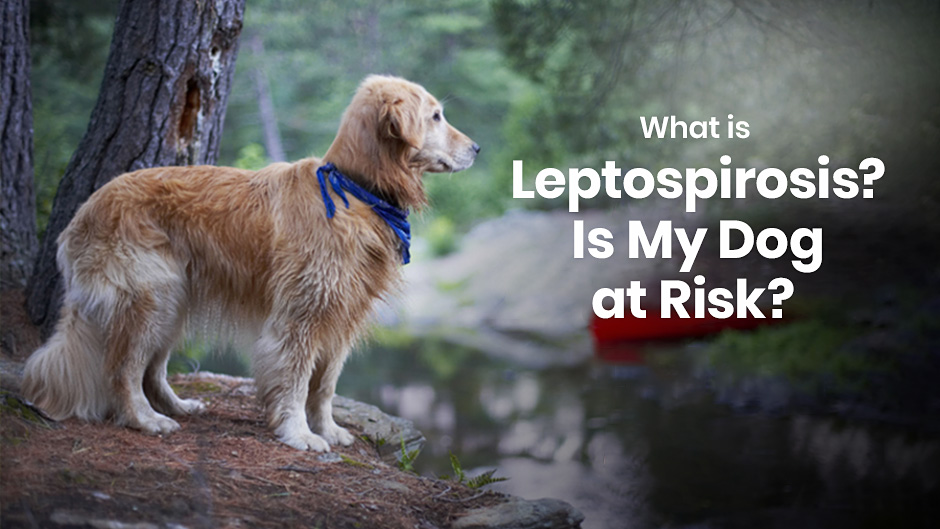Leptospirosis is a zoonotic disease, which means that animals can acquire it and pass it to humans, and vice versa, though this is rare. Although humans, cats, and other animals can sometimes get leptospirosis, the illness that develops from the bacteria Genus leptospira is almost exclusive to dogs. Genus leptospira is the origin of the name leptospirosis. Standing bodies of water such as birdbaths, streams, and ponds are common places for the bacteria to grow and thrive.
Typical Ways for Dogs to Acquire Leptospirosis
Your dog can get the Genus leptospira bacteria inside of her body in several ways. As mentioned above, consuming stagnant water is a major cause. Receiving a bite from an infected wild animal or another dog, eating tissues from a dead animal with the leptospirosis bacteria still present in the body, or encountering another dog's urine are other ways your dog could pick up the virus. The latter usually happens when a dog who already has leptospirosis shares the same bedding materials with an uninfected dog or when digging into soil.
The bacteria most often affects a dog's kidneys but can spread to other areas of the body as well. Although your dog's natural immunity can fight some of the spread of the disease, the degree of severity depends on her general health, age, and whether she has received a leptospirosis vaccine. It's important to seek prompt care at Minnesota Veterinary Hospital since a severe strain of leptospirosis can be fatal. Here are the primary symptoms to look for in your dog:
- Reduced appetite
- Vomiting
- Urinating more often
- Fever
- Jaundiced skin
- Muscle and/or joint pain
Prevention and Treatment of Leptospirosis
If you live near standing bodies of water or wild animals (which can live in urban areas), the best thing you can do for your dog is to vaccinate her for leptospirosis. If you're not sure if you should be concerned about the illness in your particular situation, our veterinarians at Minnesota Veterinary Hospital can help you decide by considering the unique factors of your dog and her environment. If you have multiple dogs, make sure each has her own bedding and try not to allow any dog to drink stagnant water, chew on dead animals, or dog into the soil.
Two courses of antibiotics, spread out over three to four weeks, are the most typical treatment for leptospirosis. We diagnose the disease by testing your dog's blood and urine. If the bacteria has reached your dog's kidneys, she will need intravenous fluids to flush the bacteria out. Other interventions, such as medication, may also be necessary to stop vomiting.
We sincerely hope you and your dog never need to deal with leptospirosis, but we hope it is comforting to know that we're here for you if you do. Feel free to contact us with questions or to set up an appointment for your dog.
Image credit: Jupiterimages | iStock | Getty Images Plus

